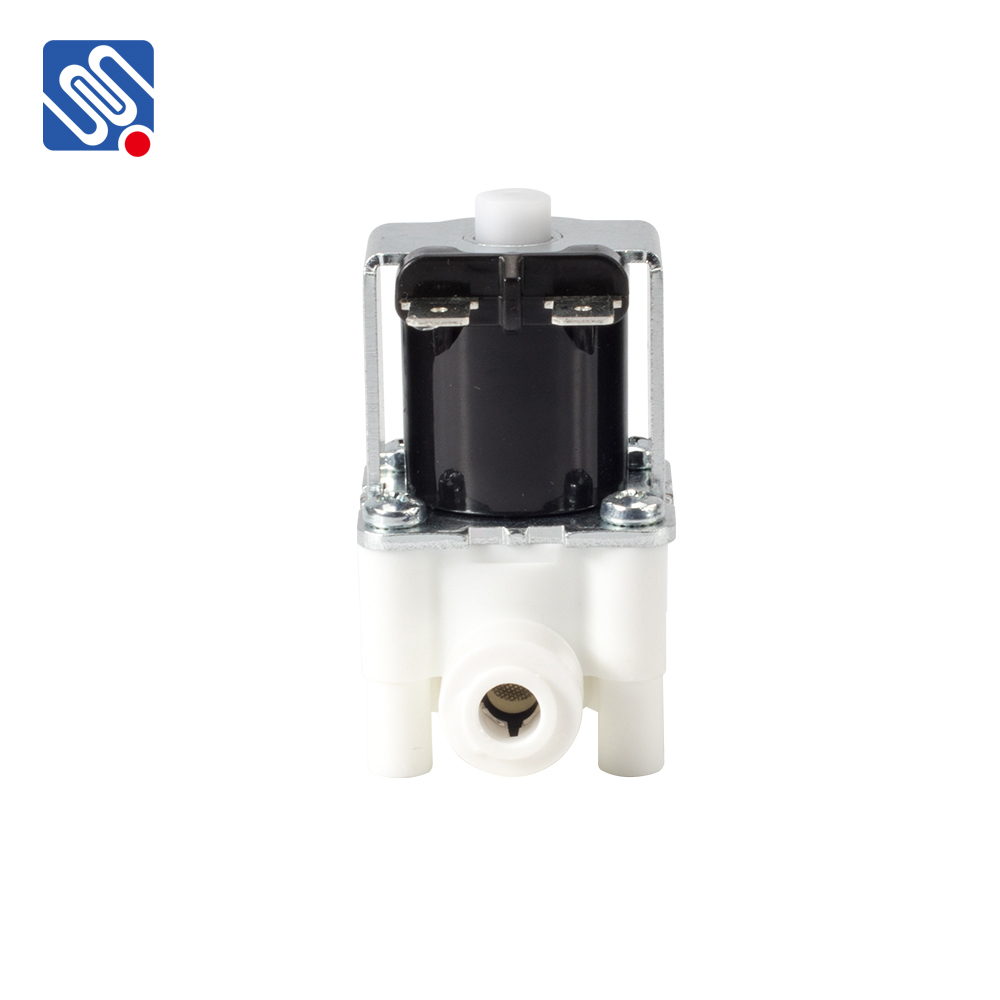A Quick Open Solenoid Valve is a critical component in various industrial systems that require fast and reliable fluid control. Known for its ability to rapidly open or close the flow path, this type of solenoid valve plays a crucial role in applications where speed and precision are essential. Whether in air, water, or hydraulic systems, the quick open solenoid valve’s ability to respond swiftly to electrical signals makes it an indispensable tool in modern engineering. This article explores the features, working principles, and common applications of the Quick Open Solenoid Valve.

What is a Quick Open Solenoid Valve? A Quick Open Solenoid Valve is an electrically operated valve designed to rapidly control the flow of fluids such as air, water, or oil within a system. It uses an electromagnet to open or close the valve at high speed, making it suitable for applications that require quick response times. These valves are typically used in on/off flow control systems, where precise, instantaneous changes in flow are necessary. The key difference between a quick open solenoid valve and a standard solenoid valve is the speed at which the valve operates. While traditional solenoid valves might take longer to switch between open and closed positions, a quick open solenoid valve is engineered for minimal delay. This allows for the efficient management of fluid dynamics in a variety of processes.